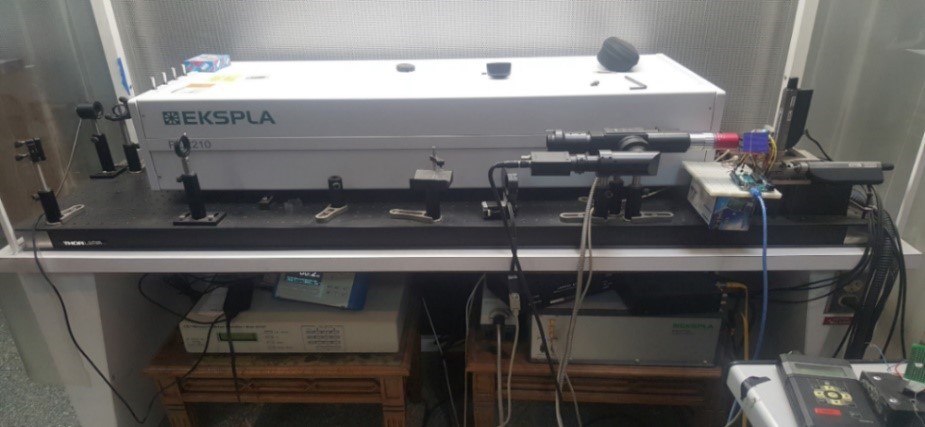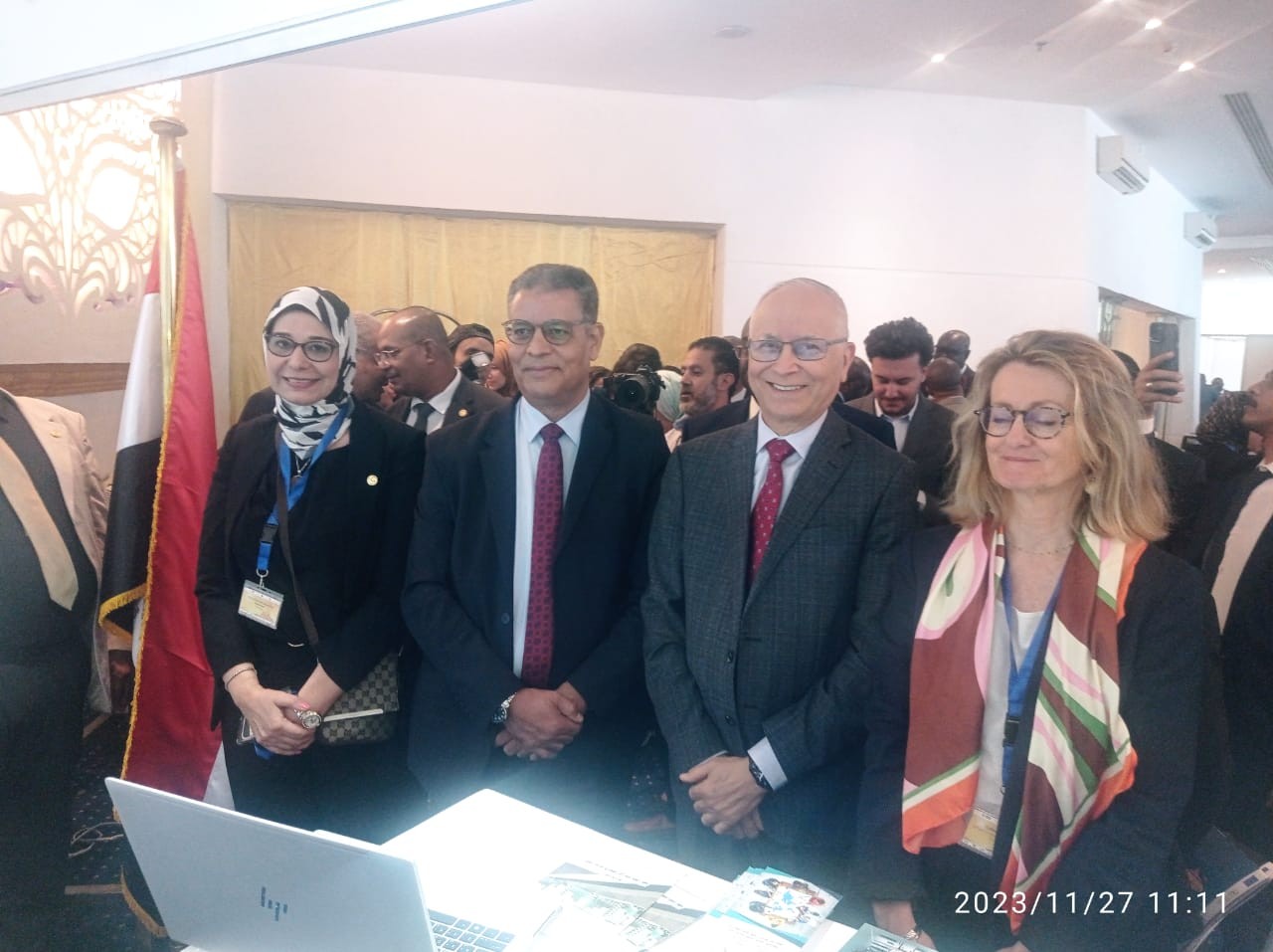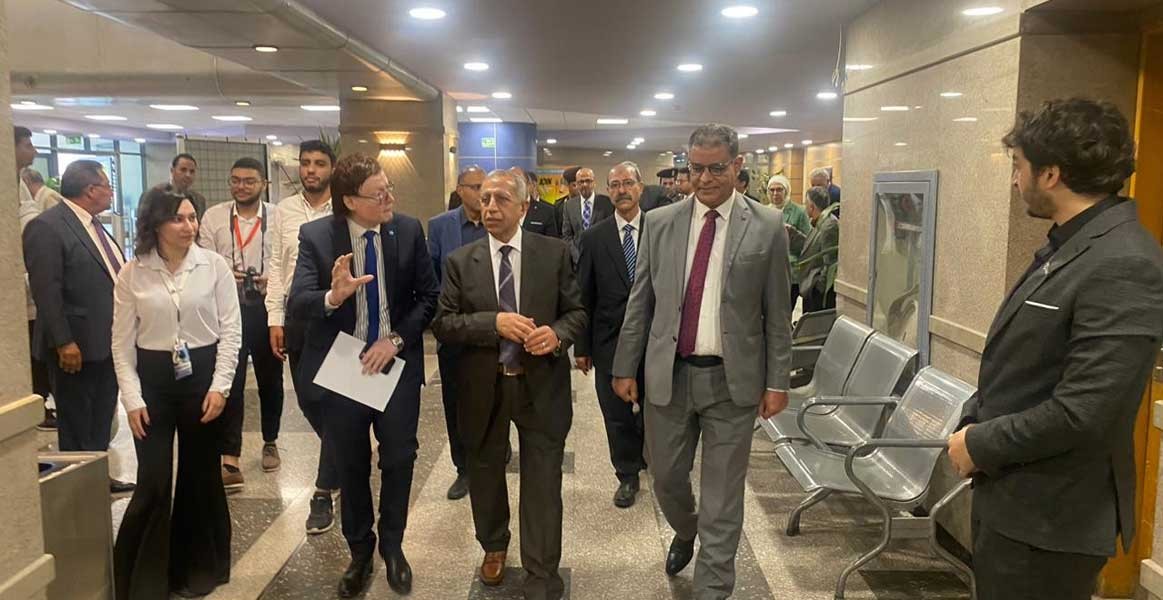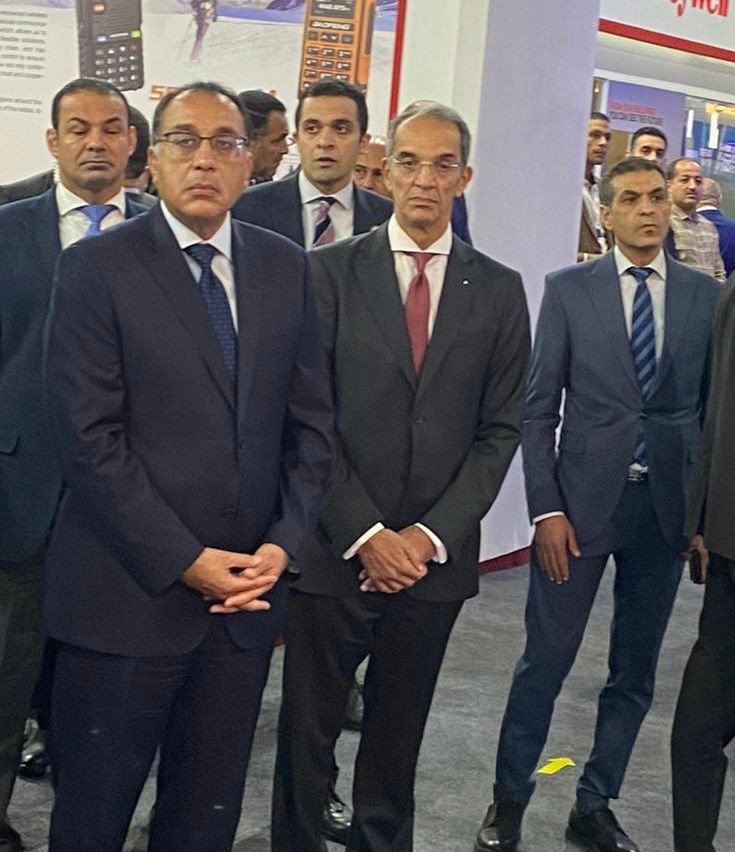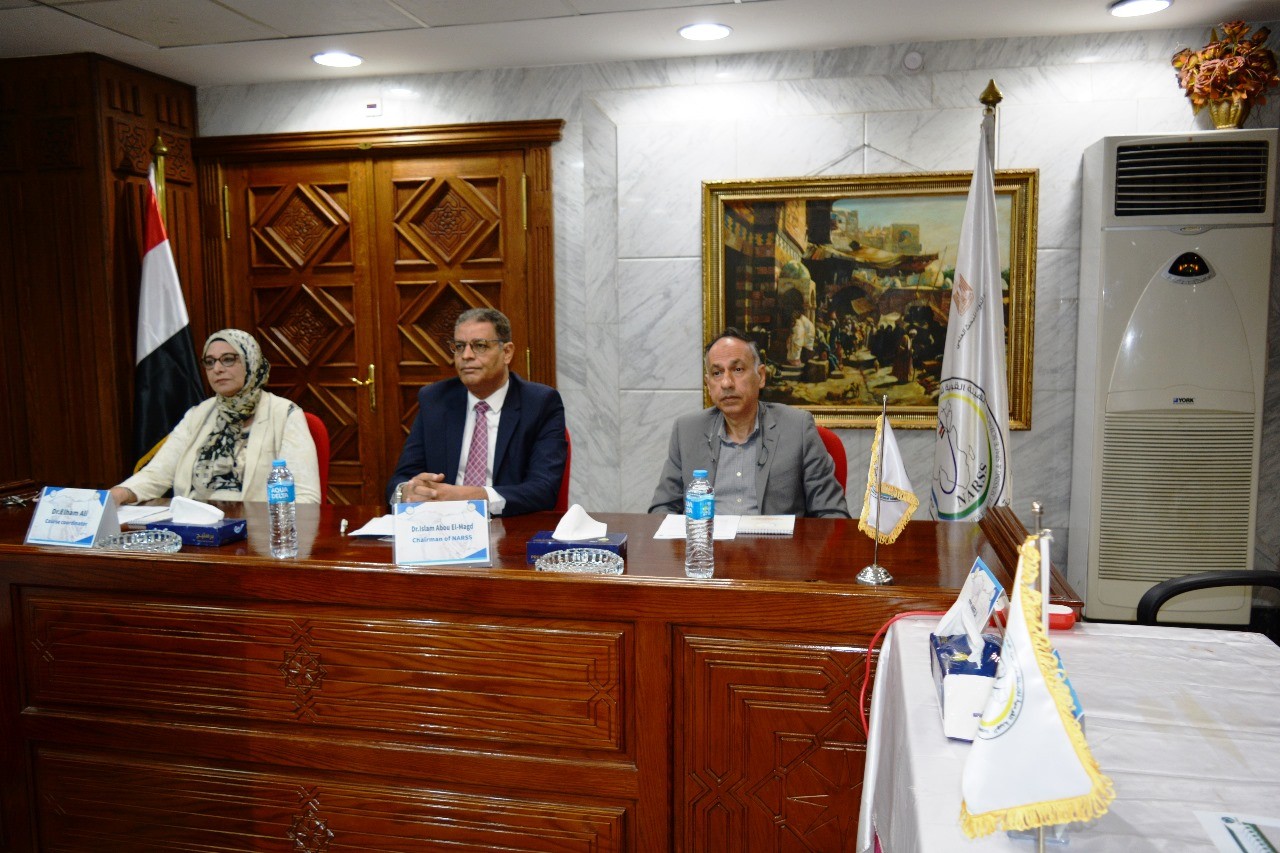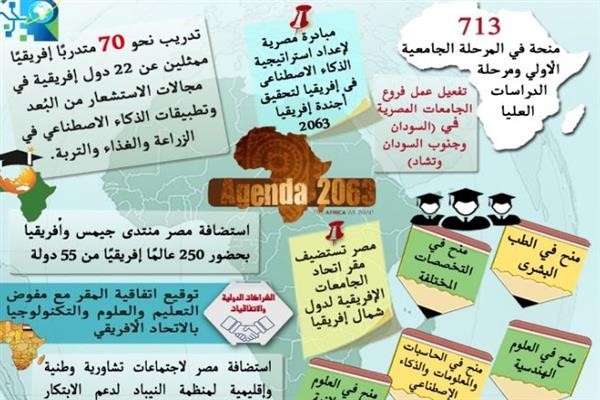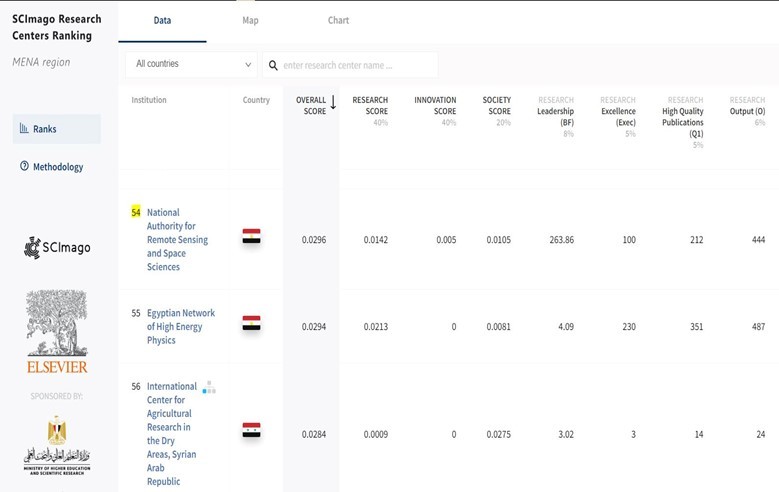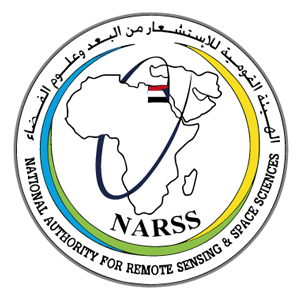Modeling the performance gradient of space solar cells under the influence of a pulsed laser to simulate the space radiation environment
Researcher:
Prof. R. Eng. Dalia Abdel Salam Al-Faqi
Summary of project:
The natural radiation environment in space catastrophically affects the performance of solar energy cells in space, causing their electrical and physical properties to deteriorate, which may lead to the failure of the satellite mission. To overcome this problem, interference damage dose testing is required to ensure that the solar cell is qualified for use in space. The main goals of the research are to use picosecond pulsed lasers to cause degradation in the electrical parameters of solar cells. Therefore, in the first stage, the best laser exposure procedures and parameters, which may cause electrical degradation of the solar cell, need to be determined. In the second stage, the damage produced by the picosecond pulsed laser is investigated and its results are compared with the flow of bioparticles. This research deals only with the first stage. Accordingly, monocrystalline solar cells were exposed to a pulsed laser beam of different wavelengths (1064, 532) nm at different locations on the solar cell to improve the damage exposure conditions. The dark voltage and current curve were measured before and after irradiation by laser, and PC1D software was used to analyze and display the physical parameters of the single crystal solar cell before and after irradiation. The results showed that the effective damage resulting from exposure occurs from the back side in the center region of the solar cell. As for the laser beam with a wavelength of 532 nm, it caused a significant increase in the dark current, ideal state coefficient, and series resistance at the same time, with a decrease in the protective resistance without input by 10% compared to the dark curve before laser exposure.
The objective of the project:
Characterization of solar cell parameters.
Take advantage of a pulsed laser radiation test to evaluate the effect of radiation on solar cell performance by covering the most important and best things: how to choose laser parameters, how to perform a pulsed laser radiation test, and lastly and most importantly, what kind of useful information a laser radiation test report should provide. Pulse.
Understanding and predicting degradation of solar cells under simulated space radiation using a pulsed laser system for radiation testing.
The most important outputs:
A model for predicting the degradation of solar cells under simulated space radiation using a pulsed laser system for radiation testing.
Master's thesis
Published research
A collection of images that express the outputs
